Have you ever wondered why your feline friend transforms into a miniature baker, kneading an invisible loaf of bread on your lap or a cozy blanket? The curious phenomenon of cat kneading has puzzled cat owners for generations, and it’s more than just a quirky habit.
This article will uncover the secrets behind this endearing behavior and explore the fascinating world of “Why do cats knead?” If you’re a cat enthusiast or just trying to decipher your feline companion’s mysterious behavior, join us on a journey into the delightful and sometimes impenetrable realm of cat behavior.
What Is Cat Kneading?
Cat kneading is when a cat rhythmically pushes its front paws against a soft surface, such as a blanket, a cushion, or even your lap. This movement often resembles the kneading of dough, hence the name. While the action may appear simple, it carries layers of meaning that provide insights into a cat’s emotions and instincts.
Reasons Your Cat Knead
As we delved into the question of “What Does It Mean When a Cat Kneads?” here are the explanations and implications behind cats’ kneading behavior.
1. Comfort and Contentment
One of the primary reasons cats knead is to express comfort and contentment. When your cat kneads you or a soft surface like a blanket, it’s akin to a happy sigh in the feline world. This rhythmic motion signifies that they feel safe, warm, and relaxed.
2. Marking Territory
Cats have scent glands in their paws, and when they knead, they leave behind their unique scent on the surface. This helps them mark their territory, signaling that a particular spot is theirs. It’s an instinctual behavior rooted in their ancestry as solitary hunters.
3. Reliving Kittenhood
Kittens knead their mother’s belly while nursing to stimulate milk flow. Adult cats may continue this behavior to reminisce about their cozy, nourishing kittenhood. It’s a comforting and nostalgic act for them.
4. Nurturing Instinct
Some cats display kneading behavior when they feel particularly caring or nurturing. They might knead a blanket or your lap when in a motherly or protective mood, even if they haven’t had their kittens.
5. Self-Soothing
Cats often knead when they’re feeling stressed or anxious. The rhythmic motion can be soothing and comforting, helping them cope with emotions. If your cat has experienced a change in their environment or routine, they may knead more frequently.
6. Preparing a Bed
Cats would knead the ground or vegetation in the wild to create a comfortable resting spot. This instinct to prepare a cozy bed can carry over to your furniture or lap. Your cat might be kneading to make their chosen spot more comfortable.
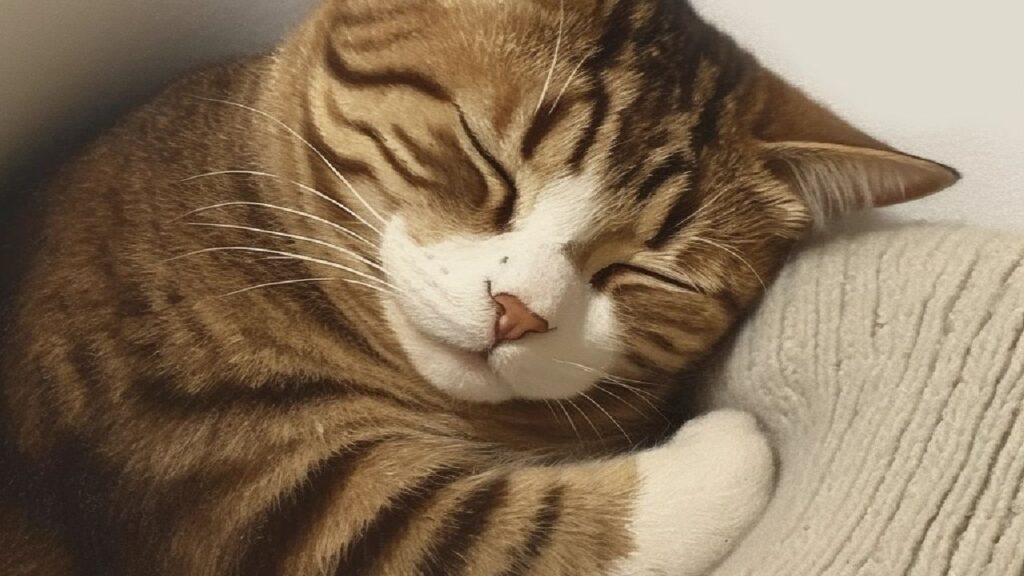
7. Stretching Muscles
Kneading also serves as a form of muscle stretching for cats. This action helps them keep their muscles toned and flexible. You might notice your cat kneading after a nap or when they first wake up.
8. Seeking Attention
Cats are known for their clever ways of getting your attention. Some cats knead to draw you closer, almost like saying, “Look at me; I’m adorable and deserve pets and cuddles!”
9. Pure Happiness
Cats often knead when in a state of pure contentment and bliss. It’s their way of displaying joy and affection; a relaxed, purring demeanor usually accompanies it.
10. Playfulness
Kneading can also be a form of play for some cats. They may knead their toys or a favorite blanket during playful moments, expressing excitement and enjoyment.
11. Habit
For some cats, kneading becomes a habit. They may have started it for one reason and continued because it feels familiar and comforting. It’s a natural behavior that can become ingrained in their routine.
12. Expression of Trust
When a cat kneads while making eye contact with you, it’s a clear sign of trust and a desire for closeness. Your cat is sharing an intimate moment with you and indicating their bond.
How to Respond to Cat Kneading
Responding to your cat’s kneading is essential to fostering a strong and trusting relationship. Here are some ways to interact with your cat when they knead:
Petting and Affection
If your cat kneads you and seems content, respond with gentle petting and affection. Stroke their head, back, or chin, and let them know you appreciate their cuddly behavior.
Playtime
Sometimes, cats knead during play. Join the fun by engaging in interactive play sessions using toys like feather wands or laser pointers.
Provide a Soft Surface
Offer your cat a soft blanket or cushion if they prefer kneading on objects. This can be especially helpful if their kneading becomes uncomfortable for you.
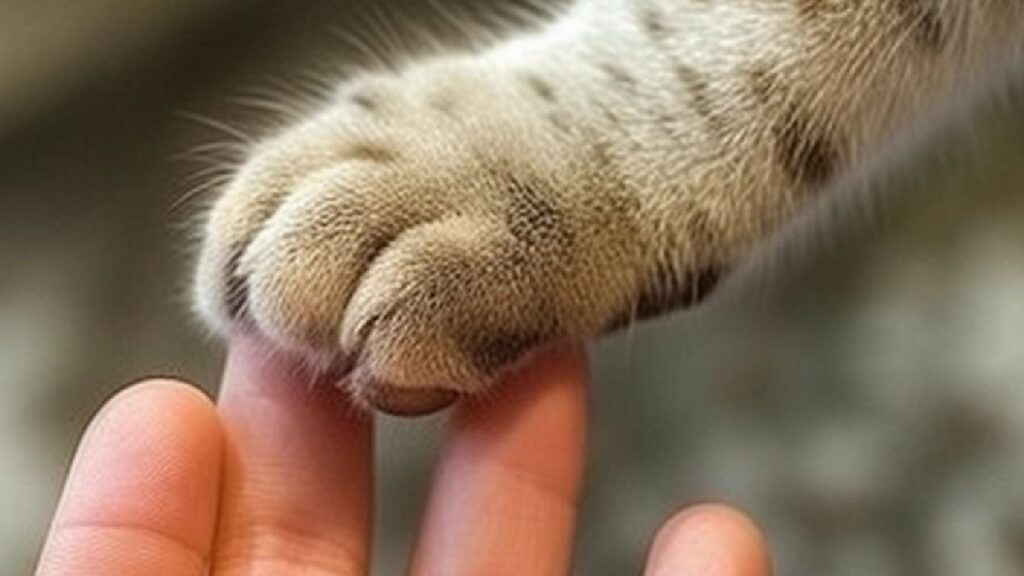
Respect Their Boundaries
If your cat kneads and you notice they’re sensitive to your touch or become agitated, respect their boundaries. Cats, like humans, have varying levels of tolerance for physical contact.
What to Do When Your Cat Claws Hurts You
Cat kneading can be charming, but it can also be painful if your cat has sharp claws or kneads too vigorously. Here’s what to do if your cat’s kneading hurts:
Trim Their Claws
Regularly trim your cat’s claws to blunt the tips, reducing the potential for injury during kneading.
Use a Soft Barrier
If your cat tends to knead you with sharp claws, place a soft barrier between them and your skin, such as a thick blanket or a towel.
Redirect Their Attention
Gently redirect your cat’s kneading to a soft toy or blanket to avoid discomfort.
Conclusion
Cat kneading is a delightful and complex behavior that offers insights into your feline companion’s emotions and instincts. Next time your cat kneads, remember that it’s their way of saying, “I feel safe, happy, and content with you.” Embrace and appreciate this unique feline behavior as a beautiful expression of your cat’s love and trust.

FAQs
Do male and female cats knead equally?
Male and female cats can both knead, but the frequency and intensity may vary between individuals. Kneading is commonly associated with kittenhood and is not gender-specific.
Do cats in the wild exhibit kneading behavior?
Wild cats, such as lions and tigers, also exhibit kneading behavior. It’s an instinct that begins in kittenhood when they knead their mother’s belly to stimulate milk flow. In the wild, adult cats may knead surfaces to mark their territory.
How early do kittens start kneading behavior?
Kittens typically start kneading behavior as early as a few weeks old. This instinctual behavior begins during nursing and can continue as a comforting gesture into adulthood.
Can cat kneading be a sign of stress or anxiety?
Cat kneading can be a sign of stress or anxiety. It’s a behavior carried over from kittenhood, offering comfort. If your cat suddenly kneads excessively, it may indicate underlying stress.
Can cats knead while they are asleep?
Cats typically do not knead while they are asleep. Kneading is a conscious behavior, often seen when they are awake and content. Sleep usually involves relaxed, motionless periods for cats.
Is it possible to stop a cat from kneading if it becomes problematic?
It’s possible to discourage kneading behavior in a cat if it becomes problematic. You can use positive reinforcement by gently redirecting their attention to a toy or providing a soft blanket as an alternative.


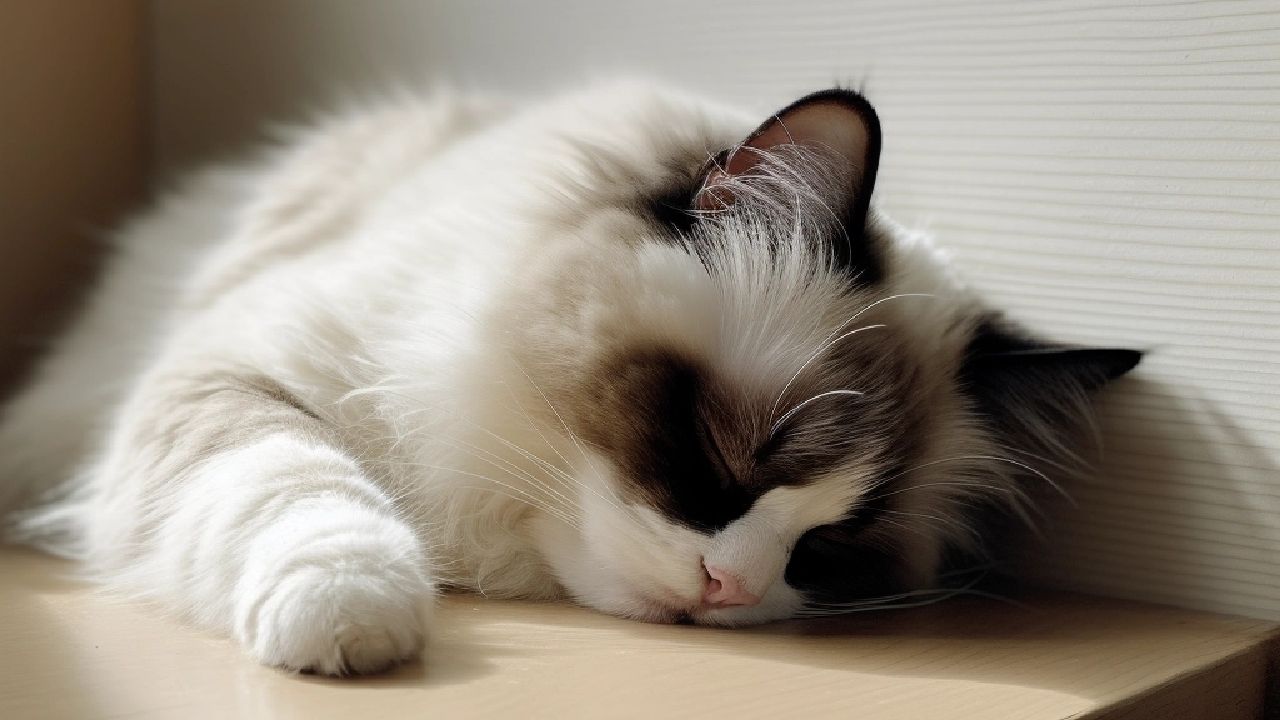
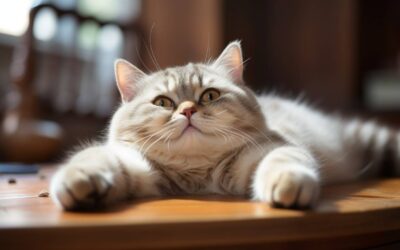
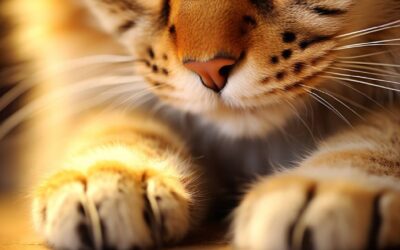

Loved the detailed breakdown of cat kneading! My cat, Oliver, kneads me when I’m working on my laptop)))